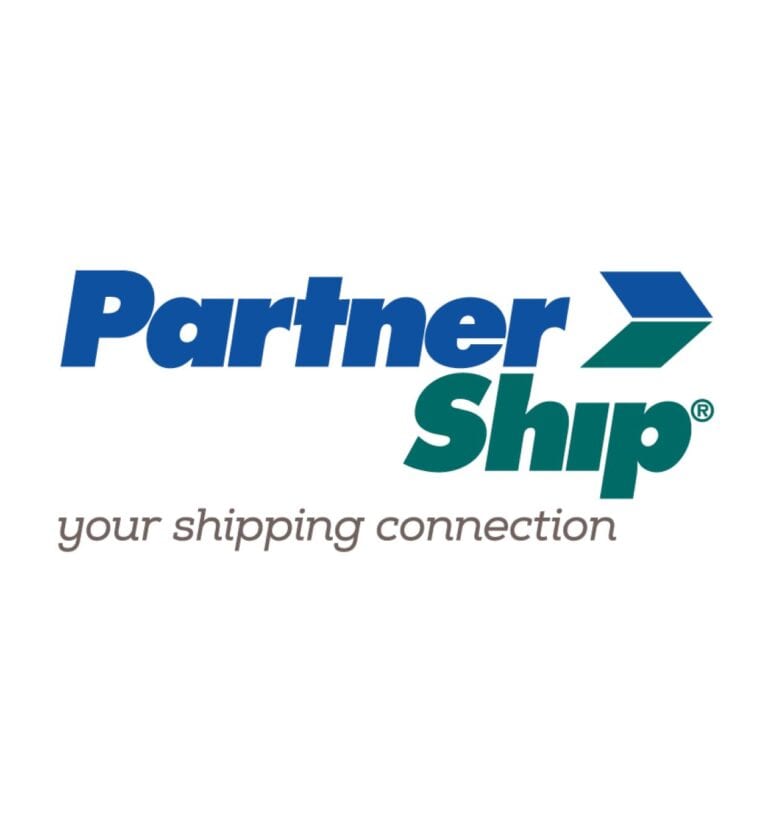The Direct-To-Consumer (DTC) market has grown 75% over the last two years, surpassing $200B. DTC provides excellent flexibility to offer more affordable and effective choices with improved profit margins and reduced costs. In this article, we will review the growth of Direct-to-Consumer product options and how they will increase profitability and customer experience for your retail business.
First, we’ll discuss some rising statistics and Direct-To-Consumer growth drivers showing why this can be a viable growth option for your retail business.
- 58% of retailers and their supply chains have experienced more than 10% growth in their DTC business.
- 61% of retailers and their supply chains expect more than half of their sales will come from DTC channels.
- 35% of these businesses have significantly increased their investment in DTC because only 42% of these organizations can offer their entire portfolio via DTC channels.
More than 50% of retail supply chain executives plan on investing in omnichannel fulfillment, planning, and inventory forecasting to increase flexibility in their logistics flow.
Direct-To-Consumer Market Characteristics:
- Influencer brands and marketing are driving the DTC market. Think of brands like Cariuma, Warby Parker, and Kylie Cosmetics. Influencer marketing typically has lower customer acquisition costs than traditional marketing. Now, through some new and innovative software platforms, ANY customer can be an influencer and earn cash by posting about a product — leveraging their ongoing behavior on social media. It’s a cheaper method of building true brand equity rather than relying solely upon an influencer’s “brand equity.” Brands can control the message as opposed to working through influencers. They can put a new spin on using tried and true techniques: build awareness at the grassroots level (word of mouth advertising) and provide perks to reward customers for their loyalty. You’ll be seeing a lot of e-commerce options on social media platforms too, and these platforms are getting a piece of this revenue stream as well.
- Food and beverage DTC purveyors grew 21% last year, so it’s not just accessories, hoodies, and mattresses.
- DTC players offer flexible payment options. It’s not enough to ask customers to pay via credit card, Apple Pay, or Google Wallet. The market has expanded due to the availability of BNPL (buy now, pay later) methods. DTC works for a broader set of products (i.e., more expensive items like high-end fitness equipment) and a wider range of disposable incomes thanks to BNPL.
- The DTC market will juice its growth via the subscription model. Consider Amazon‘s “subscribe and save” or specialty retailers developing monthly / quarterly curated sets. DTC players are creating a measurable cadence for purchases they’d be making anyway and making exclusive offerings available regularly, telling their customers they already have VIP spots.
Direct-To-Consumer Winners
Pioneering DTC brands that have opened their own retail stores or forged retail partnerships soon after launch are best positioned to garner market share. Vuori is a great example. It has well-designed retail locations with clean sight lines and good lighting, a robust online presence, and retail partnerships with REI, Nordstrom, Huckberry, and others. These strategies are helping insulate DTC brands from fluctuations in discretionary spending created by an economic roller coaster.
As consumers spend more and more time online researching products, brands have realized they need an online presence that provides information about their products and offers a way to directly purchase those products easily, when and where a consumer wants.
But customers will always want to experience the product in person and need help or advice they cannot get via an online transaction. The winners use all channels (online and in-store) to leverage their growth and follow a consistent selling process across channels down to the individual contributor level. As mentioned earlier, Lululemon, Jordan, Tommy Bahama, Salt Life, and the Vuori are great examples of delivering premium products and performance that encourage and celebrate the fulfillment of an individual’s potential. These brands sell their products while serving as their customers’ personal shoppers, continuously utilizing emotional intelligence to deepen their relationships. These traits are reflected in their valuations, and each of these organizations is leveraging the omnichannel to deliver “The Brand” in various ways, understanding the rising tide will lift all boats in their portfolios.
3 Keys for Any DTC Strategy:
– Recast all website and brick-and-mortar visitors as subscribers, creating a form of commitment.
– Persuade subscribers to make purchases by turning this “low-risk, toe in the water” commitment into a form of brand loyalty and brand advocacy.
-Shrink the time it takes for customers to buy again – the most profitable customer is the one you already have – leverage loyalty and reward commitment
Direct-To-Consumer Products Returns and Exchanges:
BORIS (Buy Online, Return In Store) is a genuine phenomenon and must be planned accordingly. More infrastructure is needed to support this mission-critical process for retailers. However, BORIS needs to be reframed. We have to view it as another opportunity to overcome objections. “The Wall” might be higher, but all anyone wants is another opportunity!
Expect more investment and interest in Direct-To-Consumer channels and infrastructure as the beginning of a new economy! People, Processes, Technology, and Partners, including Inventory, Order Management, Fulfillment, and Reverse Logistics are all items to be leveraged to increase profitability in your immediate future.














